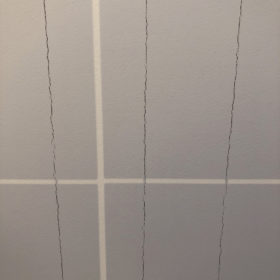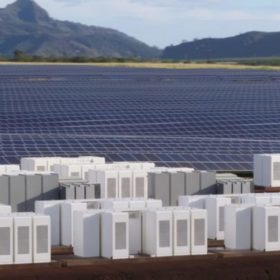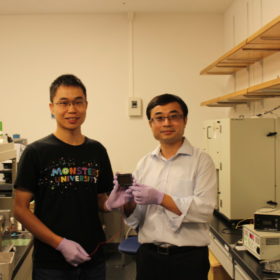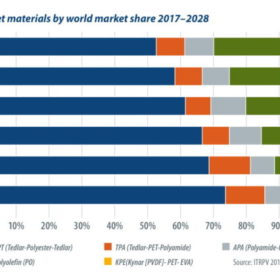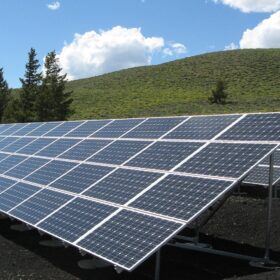UK scientists observe LID in action
A team of researchers from Manchester University claims to have identified the dominant process causing light-induced degradation in silicon solar cells. The process, termed “trap-assisted auger recombination”, arises from a defect in the bulk of the silicon material which lies dormant until exposed to sunlight.
The long read: Operator, connect me
Like many areas in renewable energy, the operations and maintenance of large-scale solar power plants is becoming an increasingly sophisticated affair. Granular data gathered using hardware such as drones and thermal imaging equipment, in combination with complex analytics software, mean that service providers now have oversight of a plant right down to the performance of individual cells and components. A look at fault detection offers several examples of these trends in action.
Hanergy hits 24.34% efficiency on HJT cell
Chinese PV manufacturer Hanergy Thin Film Power Group today announced it has achieved 24.23% cell efficiency using its silicon heterojunction technology. The efficiency has been confirmed by Japan’s Electrical Safety & Environment Technology Laboratories.
The long read: New technologies move to the back
The tension between the cost cutting and performance boosting opportunities presented by new technologies and the tendency for risk aversion is never more evident than in PV module materials. This applies nowhere more than in backsheets, where new innovations are big on promise, but must convince manufacturers and the market of their long-term performance.
The long read: Materials matter
As problems with component failure have already laid bare, there is a clear need for contract clarity at every stage of a PV project, from material and component sourcing to power purchase and operations agreements. Here, pv magazine investigates a little covered issue for module buyers, which could threaten insurance coverage and the overall success of a project further down the line.
The long read: Flashing key for bifacial value
As new cell and module concepts move into large-scale production, and efficiencies are pushed ever higher, manufacturers of flash testing equipment must innovate to ensure their tools can provide reliable measurements, and cope with ever expanding production throughput. The expansion of bifacial technology beyond niche applications in particular raises new issues for flash testing standards. pv magazine spoke with several flasher manufacturers to shed light on the latest developments in this segment.
Azure Power raises $400 million in debt and equity
Azure Power has raised the capital since June 30th, and says it is “the largest amount of financing raised by a solar power company in India during this period”. Azure says the fund leaves it well positioned to deliver a 2 GW project pipeline.
Frost & Sullivan forecasts strong 2018 for solar, despite China’s policy setback
A new report published by business consultants Frost & Sullivan expects around 90 GW of new solar installations by the end of 2018, in line with the predictions of other leading analysts. It further notes that PV remains the world leader in renewable energy capacity, and that markets are moving away from feed-in tariffs to make increasing use of auction models and private PPAs.
Japanese scientists develop new perovskite process
A team of researchers from the Okinawa Institute of Science and Technology (OIST) has developed a new process for the production of perovskite solar devices; and reports a 5x5cm² device with an efficiency above 15%. The researchers worked with a 1 micron thick active layer, considerably thicker than in many other perovskite devices, and state that this helped achieve better long-term stability.
The long read: Backsheets to the future
As backsheet manufacturers aim to keep up with cost reductions up and down the PV supply chain, new processes and materials are appearing, with claims to offer better performance as a moisture barrier, as well as better acetic acid permeability and higher reflectivity, among other features. pv magazine examines the state of the market for PV backsheets, and takes a look at some of the new material innovations that are gaining ground with module manufacturers.




